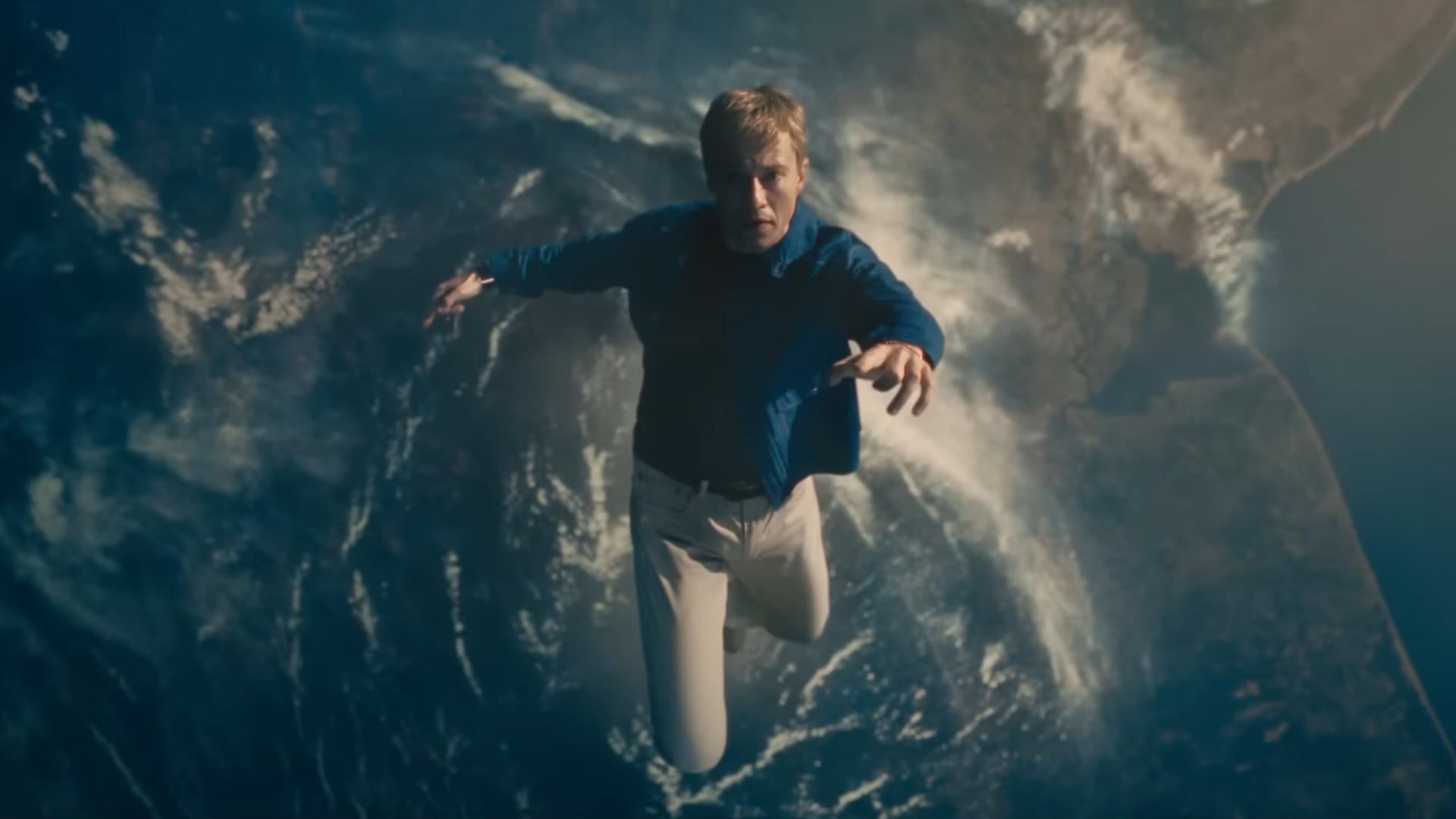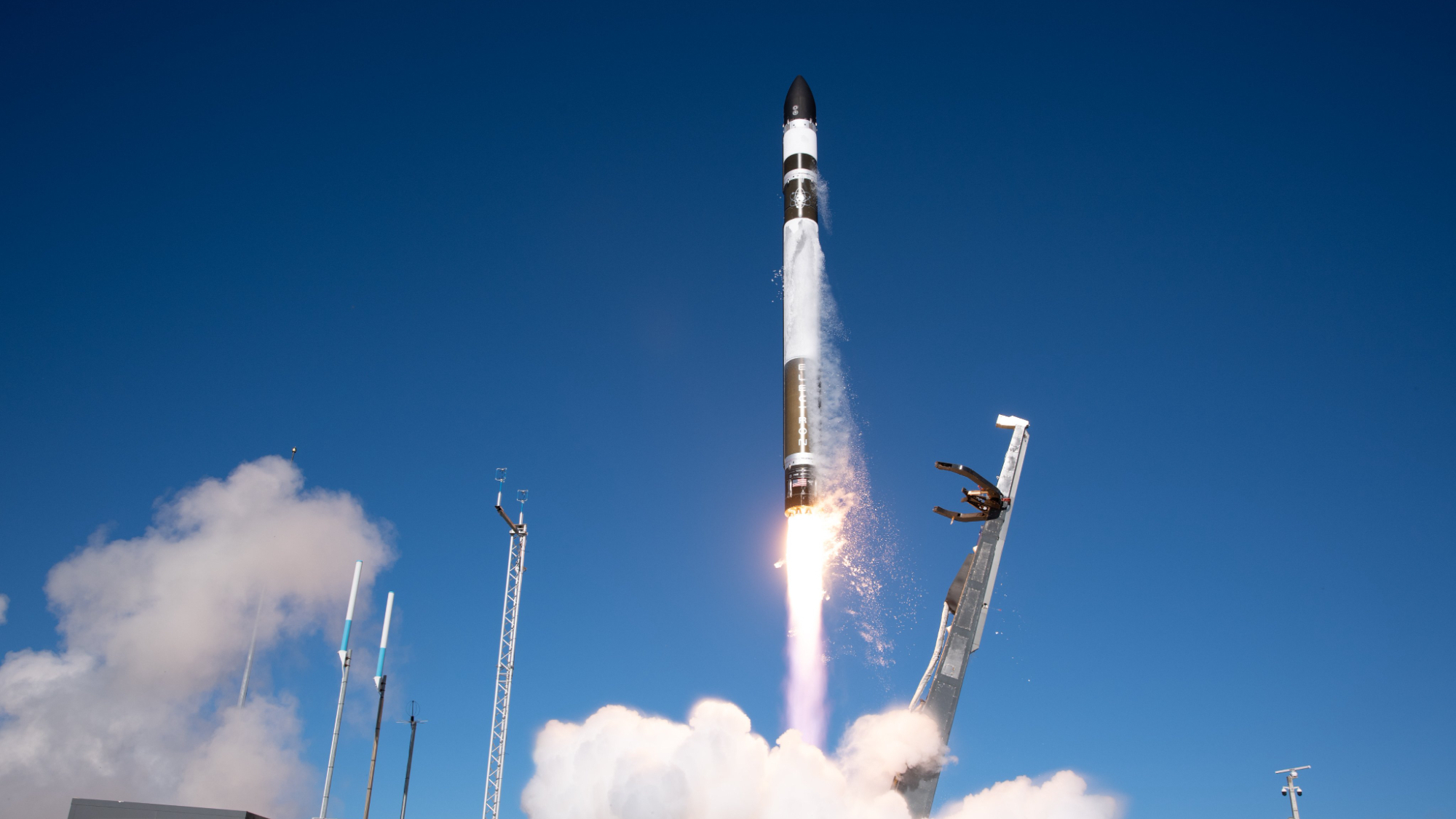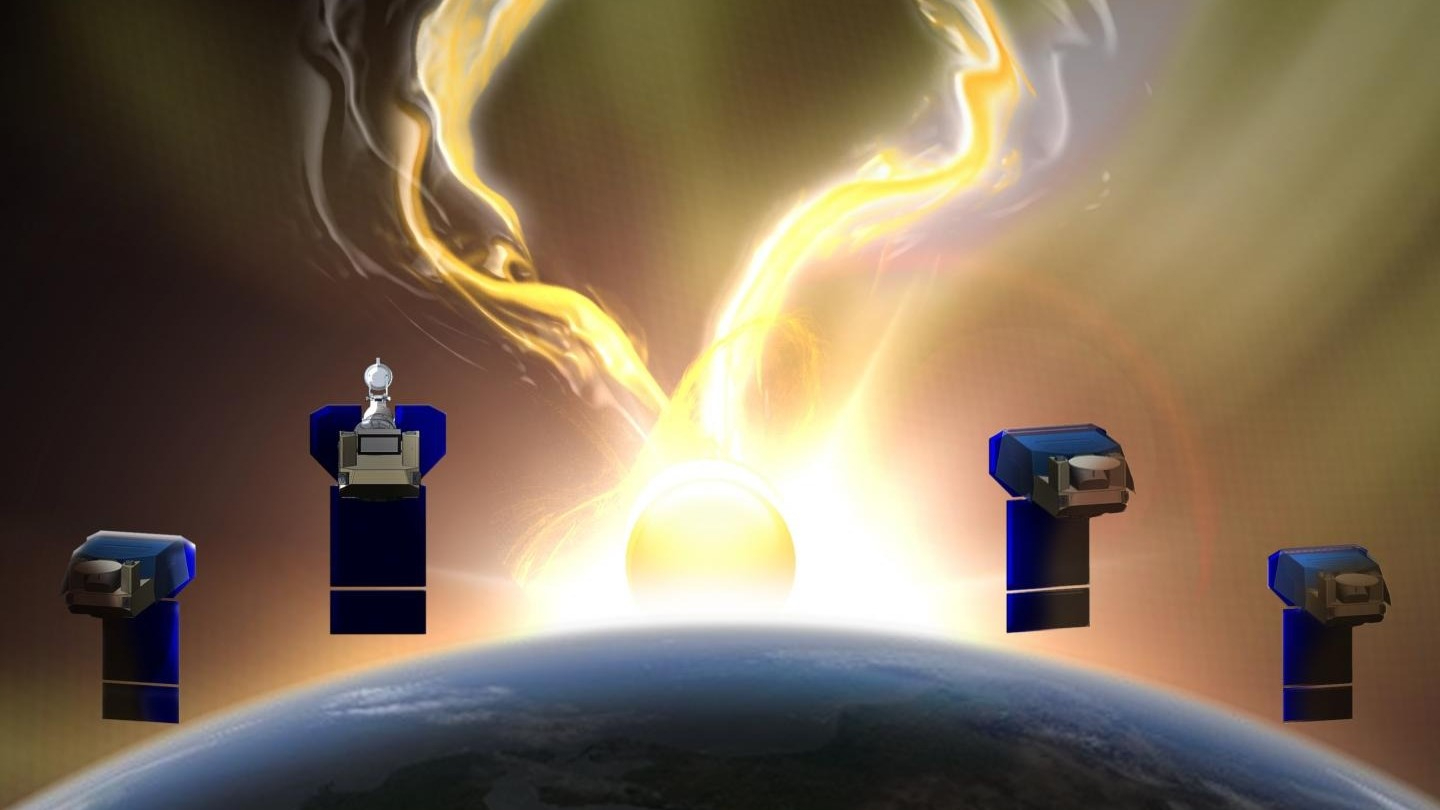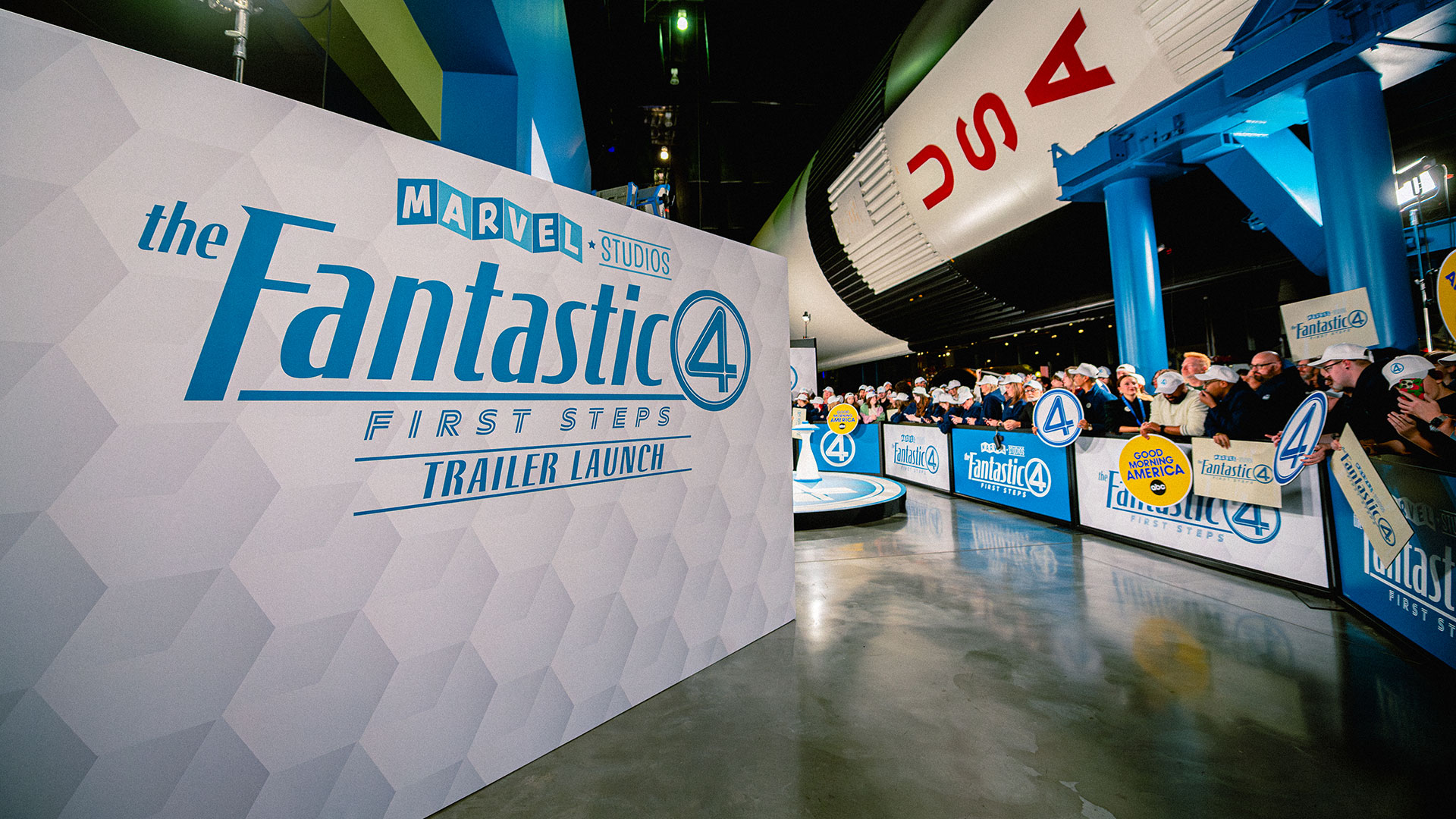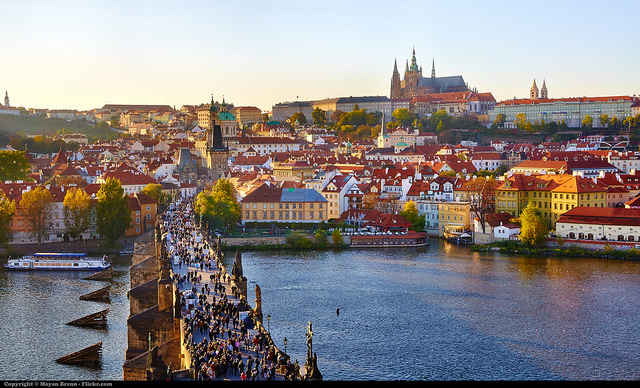Ceavccageađge in Norway
The Neolithic settlement of Mortensnes sits on the coast of Eastern Finnmark, at the very northern tip of Norway. There, traces of the Indigenous Sami people's settlements stretch back more than 9,000 years. The area features two sacrificial sites, the most famous being the Transteinen, or Ceavccageađge in the Sami language. Ceavccageađge is a site where Sami would come to connect with the sacred realm of Saivo. Transteinen is a 8-foot-tall standing stone surrounded by thirteen stone circles, forming what's thought to have been a labyrinth. A stone block resembling a bear, known to be a sacred animal, is called the Bjørnesteinen, or Bear Stone. Mortensnes also contains two ring-shaped sacrificial sites where offerings such as reindeer and other animals were made. For centuries, Transteinen was religiously coated with fish oil and animal fat to bring good fishing luck. The exact age of Transteinen and the labyrinth is unknown, though the area it occupies was underwater 2,000 years ago. At the outermost of the thirteen stone circles surrounding Transteinen, traces of a peculiar structure with three exits were found, containing many bone remains. Between 250 and 300 graves lie in the stone scree at Mortensnes, where people were buried from around 1000 BC to the year 1500. The Sami often buried their dead wrapped in birch bark and placed in a pulk (a traditional sled), which was then laid in the scree. Even reindeer were occasionally buried in this manner, leading to the discovery of numerous reindeer graves. Bear hunting was also surrounded by ritual, leaving ceremonial bear burial sites as well. Today, the entire area is protected. An information building contains an art installation and serves as a visitor centre during the summer, offering coffee and waffles. Additionally, the area features a reconstructed Sami gamme (turf hut), where visitors can light a fire and experience Sami life as it has been for thousands of years.

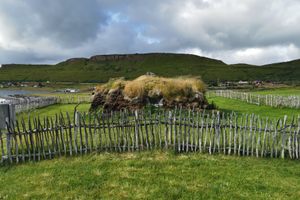
The Neolithic settlement of Mortensnes sits on the coast of Eastern Finnmark, at the very northern tip of Norway. There, traces of the Indigenous Sami people's settlements stretch back more than 9,000 years. The area features two sacrificial sites, the most famous being the Transteinen, or Ceavccageađge in the Sami language.
Ceavccageađge is a site where Sami would come to connect with the sacred realm of Saivo. Transteinen is a 8-foot-tall standing stone surrounded by thirteen stone circles, forming what's thought to have been a labyrinth. A stone block resembling a bear, known to be a sacred animal, is called the Bjørnesteinen, or Bear Stone.
Mortensnes also contains two ring-shaped sacrificial sites where offerings such as reindeer and other animals were made. For centuries, Transteinen was religiously coated with fish oil and animal fat to bring good fishing luck. The exact age of Transteinen and the labyrinth is unknown, though the area it occupies was underwater 2,000 years ago. At the outermost of the thirteen stone circles surrounding Transteinen, traces of a peculiar structure with three exits were found, containing many bone remains.
Between 250 and 300 graves lie in the stone scree at Mortensnes, where people were buried from around 1000 BC to the year 1500. The Sami often buried their dead wrapped in birch bark and placed in a pulk (a traditional sled), which was then laid in the scree. Even reindeer were occasionally buried in this manner, leading to the discovery of numerous reindeer graves. Bear hunting was also surrounded by ritual, leaving ceremonial bear burial sites as well.
Today, the entire area is protected. An information building contains an art installation and serves as a visitor centre during the summer, offering coffee and waffles. Additionally, the area features a reconstructed Sami gamme (turf hut), where visitors can light a fire and experience Sami life as it has been for thousands of years.

















_Agata_Gładykowska_Alamy.jpg?#)



